On Saturday — the first cloudy day since we’ve been in Spain — we took a high-speed train from Seville to the city of Córdoba to visit the Mosque–Cathedral of Córdoba, more commonly known as the Mezquita.
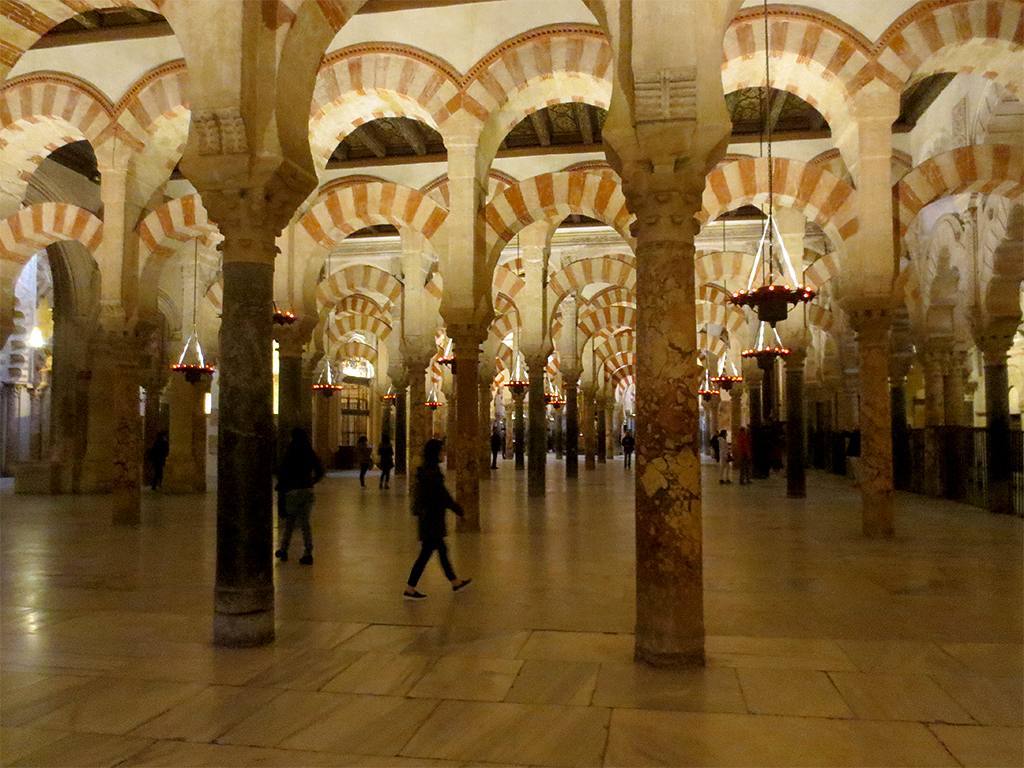
The train took 40 minutes each way, which was the perfect length for a convenient day trip. We headed to the Mezquita as soon as we arrived around 10 am.
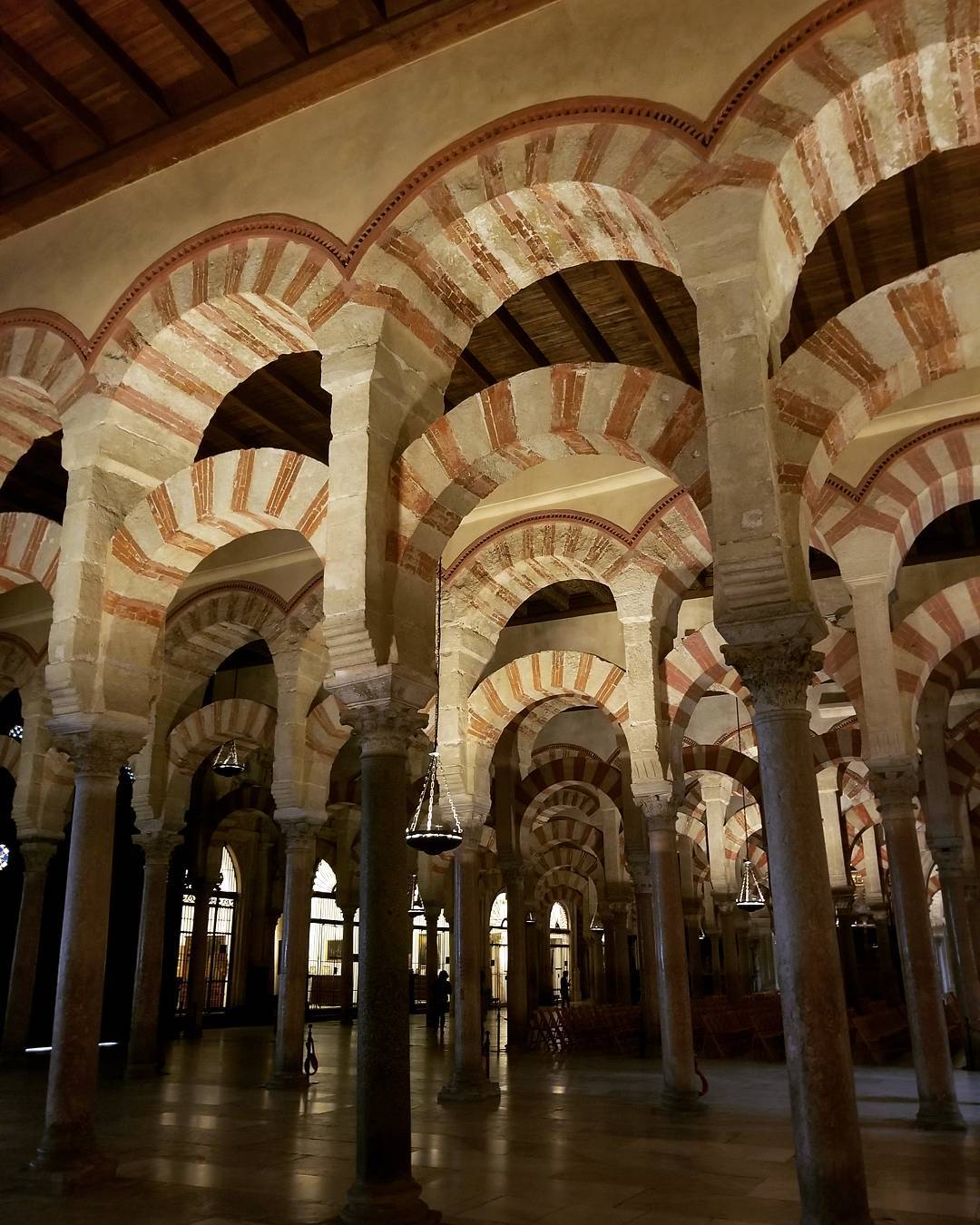
The Mezquita, initially constructed 784, is immediately recognizable by its many distinctive striped double arches held up by 856 mismatched stone columns reused from older Roman temples.
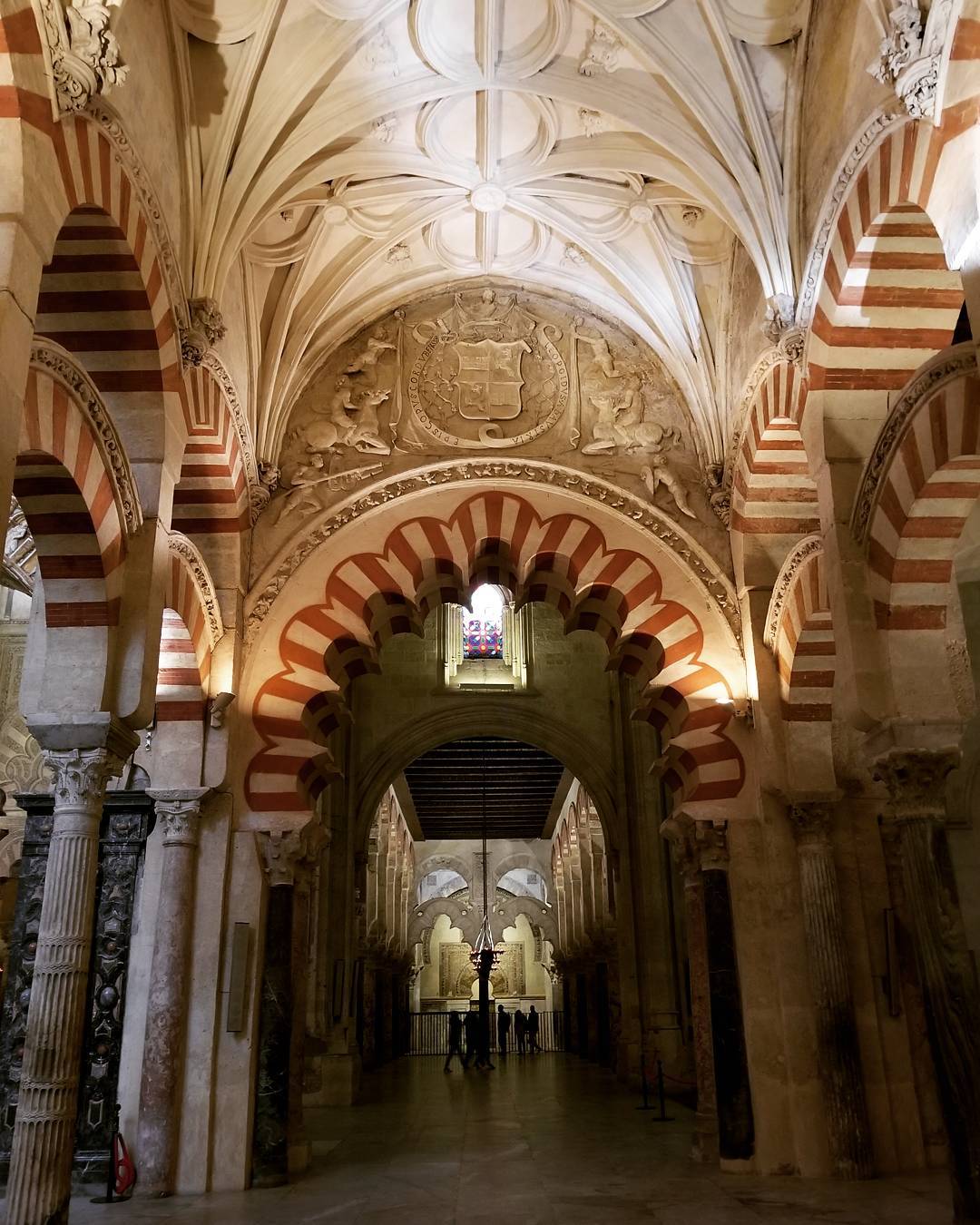
As the Mezquita began life as a mosque, the entrance courtyard known as the Patio de los Naranjos (patio of the orange trees) was originally where worshipers washed for purification before prayers.
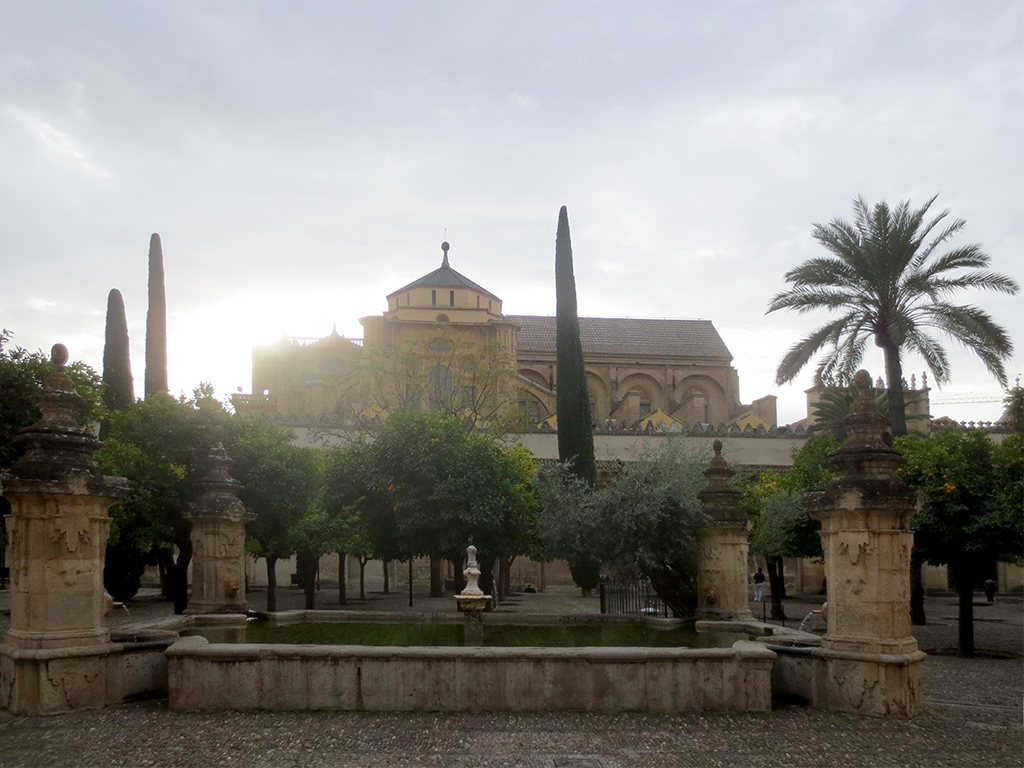
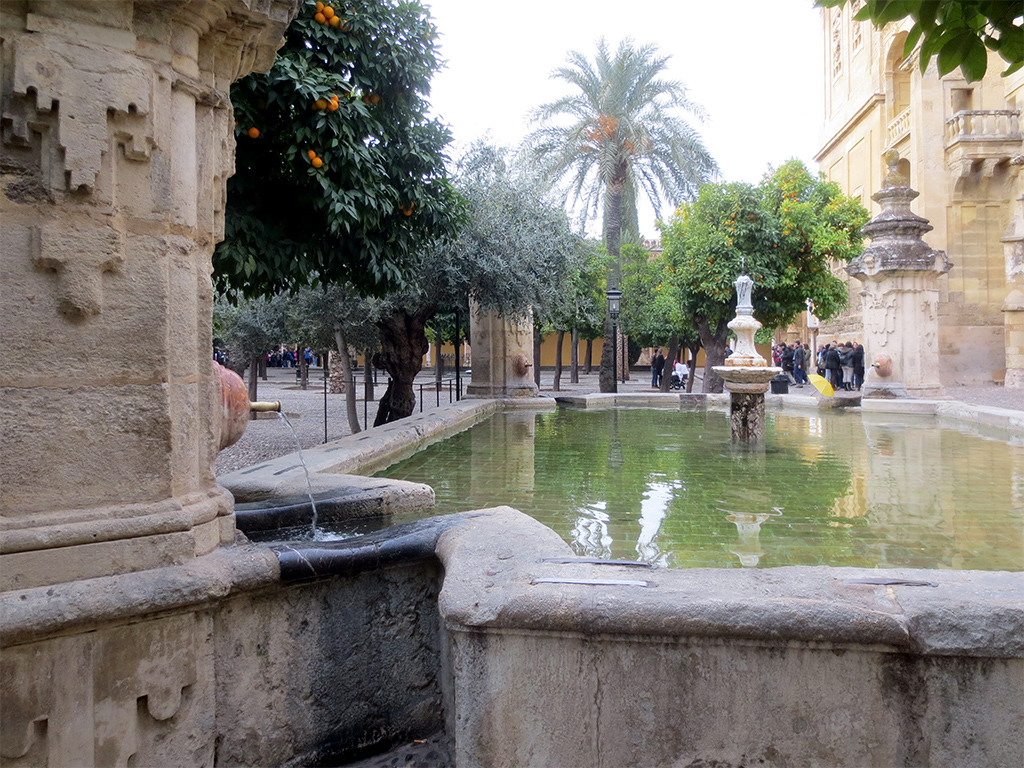
The enormous building has been expanded several times over the centuries. Although the styles remained essentially the same, there were of course differences in construction and techniques.
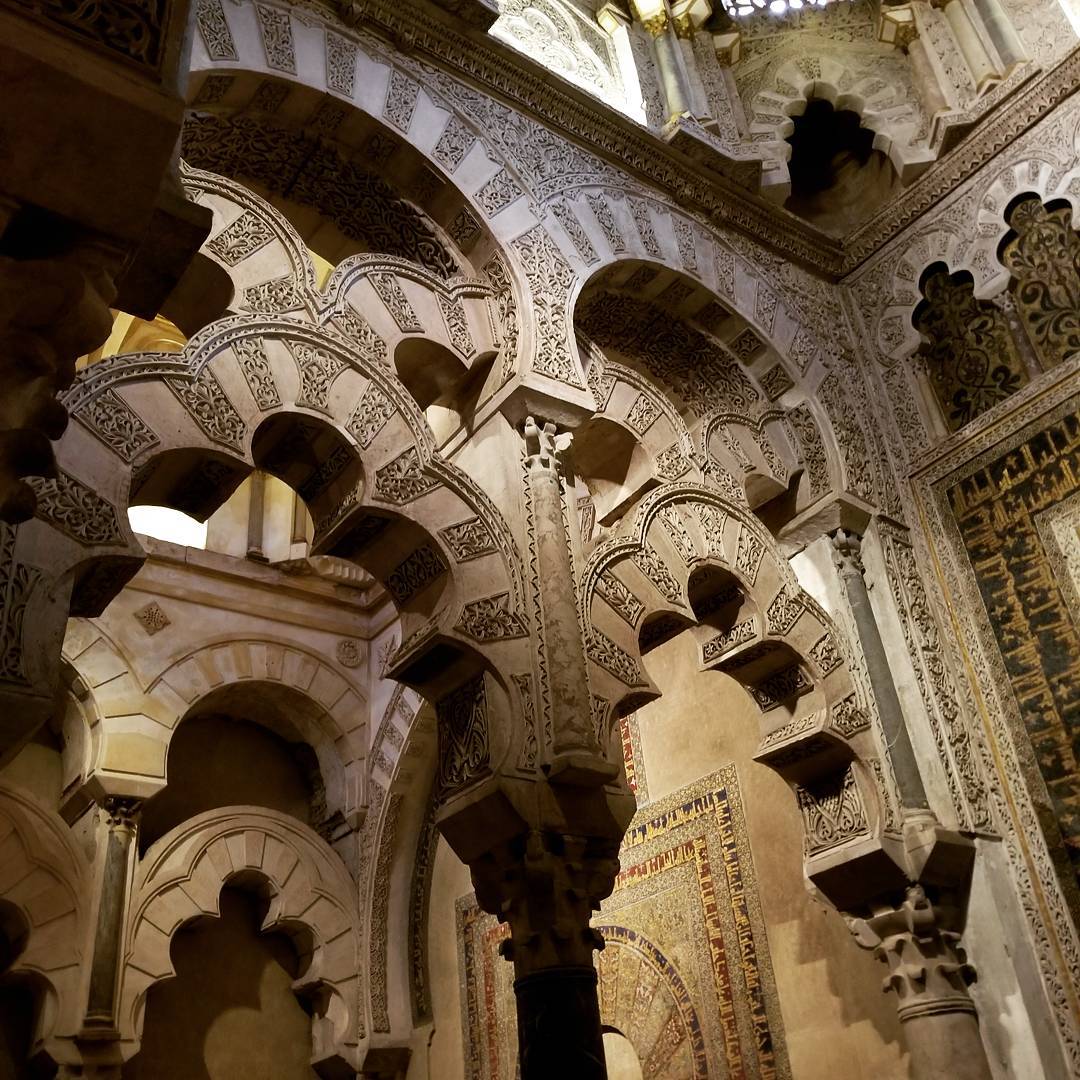
For example, on some later sections the stripes in the arches were painted rather than delineated with diferent colours of brick.
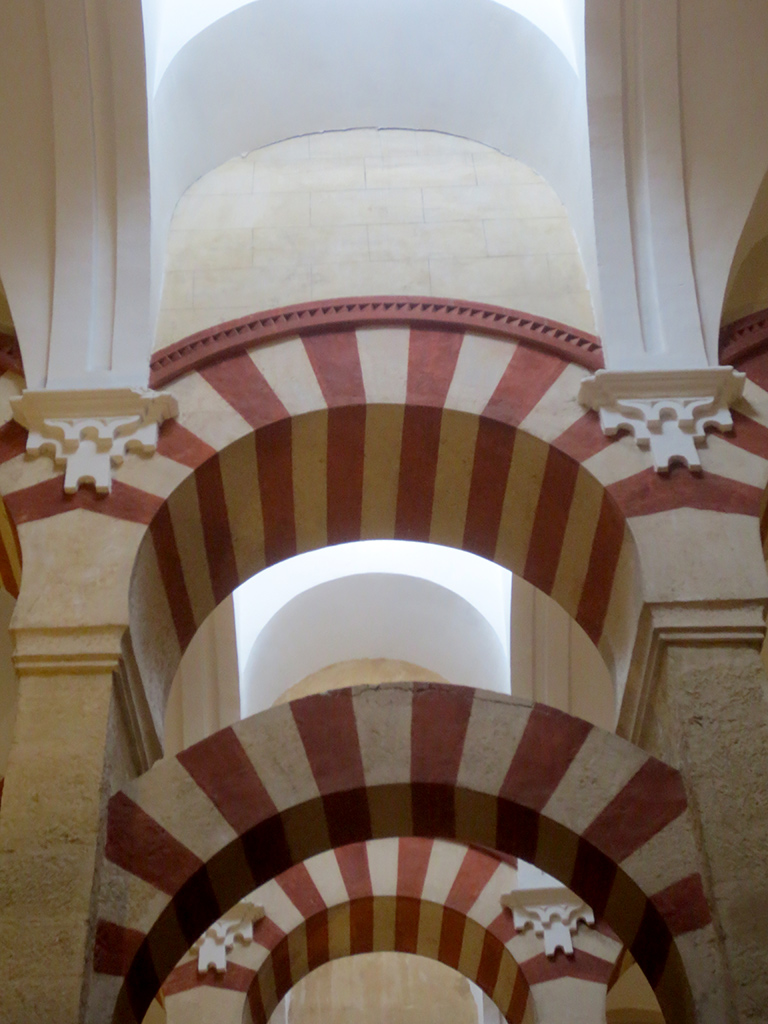
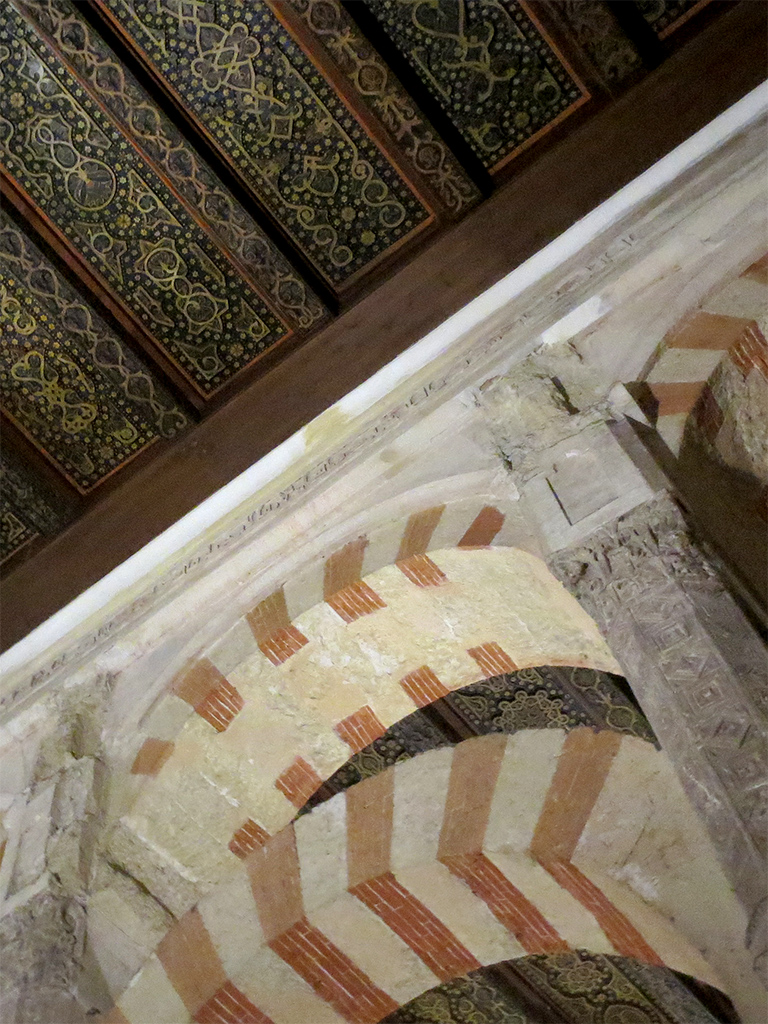
After 1236 when Córdoba was conquered by King Ferdinand III of Castile — a Christian — work began to construct a cathedral at the centre of the now-former mosque. The mosque’s minaret was also converted to a bell tower, although it was completely rebuilt after being damaged in an earthquake in 1589.
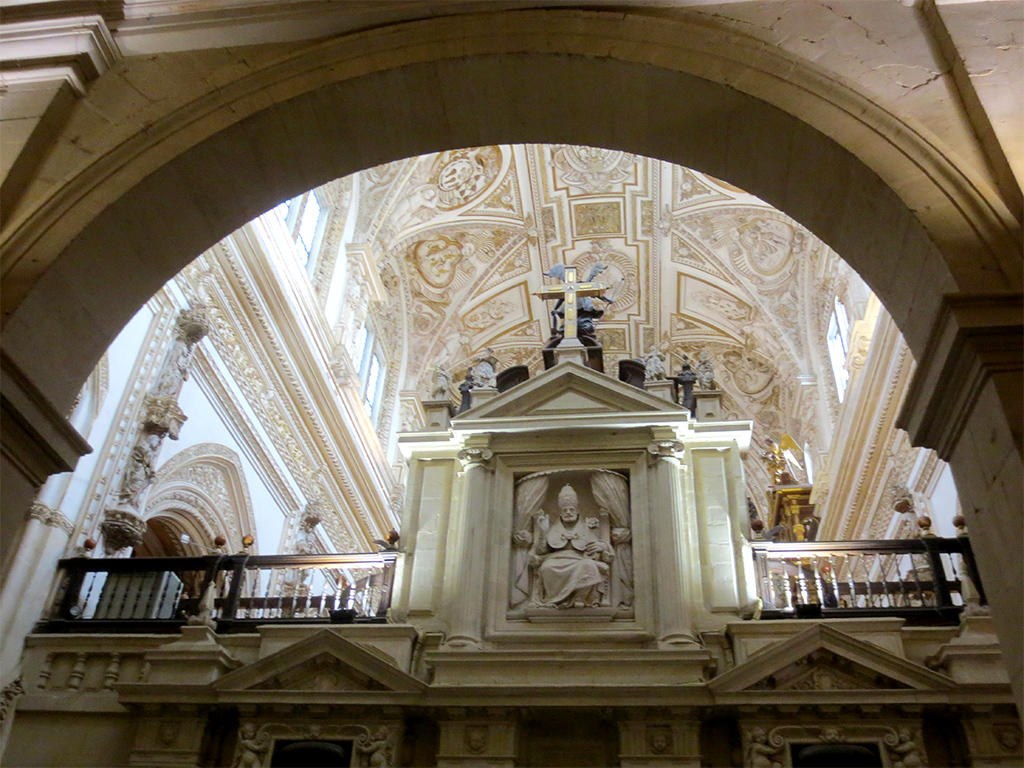
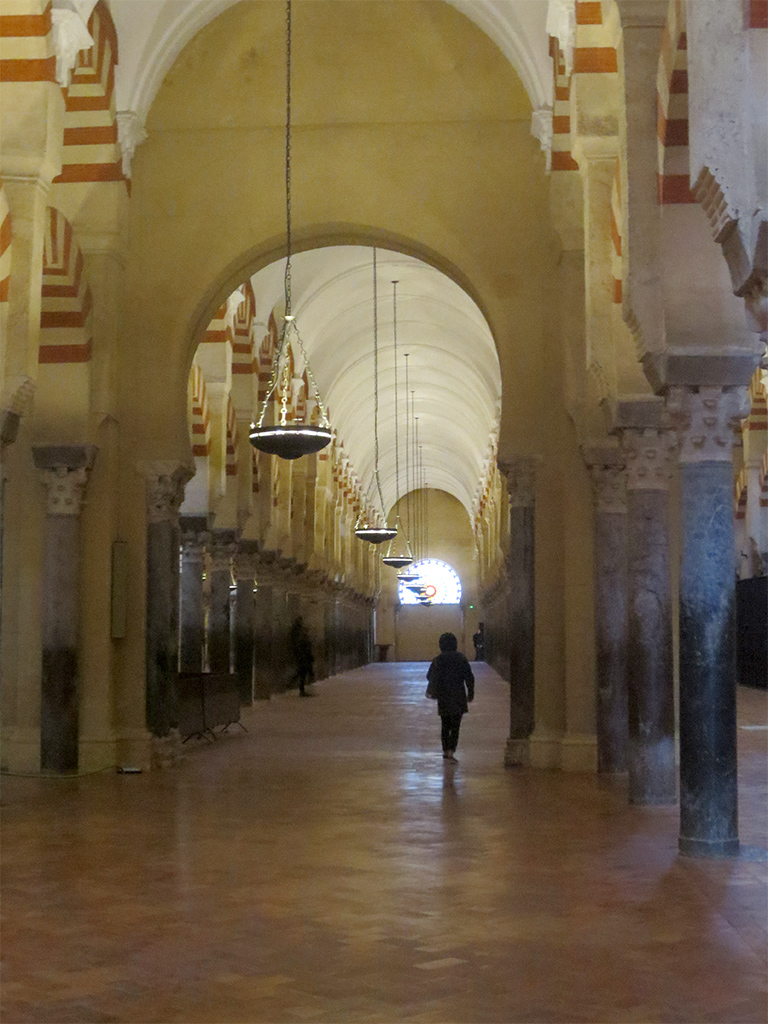
For an extra €2 fee, we were able to climb to the top of the bell tower. This has only been possible since 2014 when rehabilitation work was completed. The cost was well worth it, giving us fantastic views of both the Mezquita below and the city of Córdoba in general.
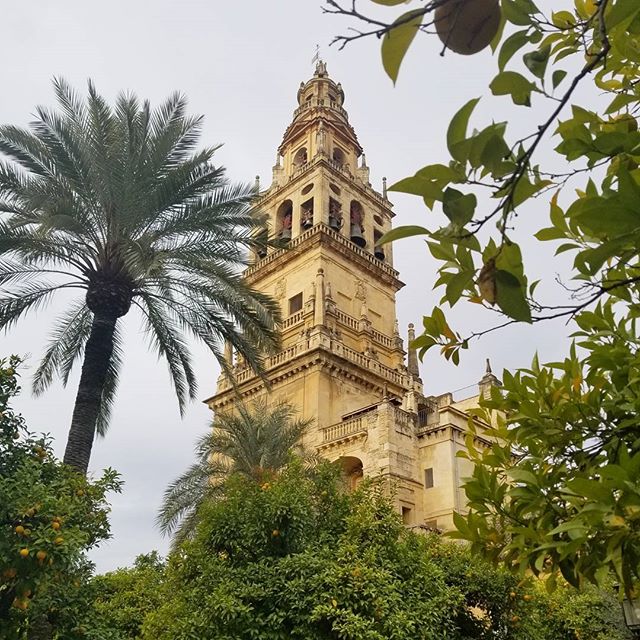
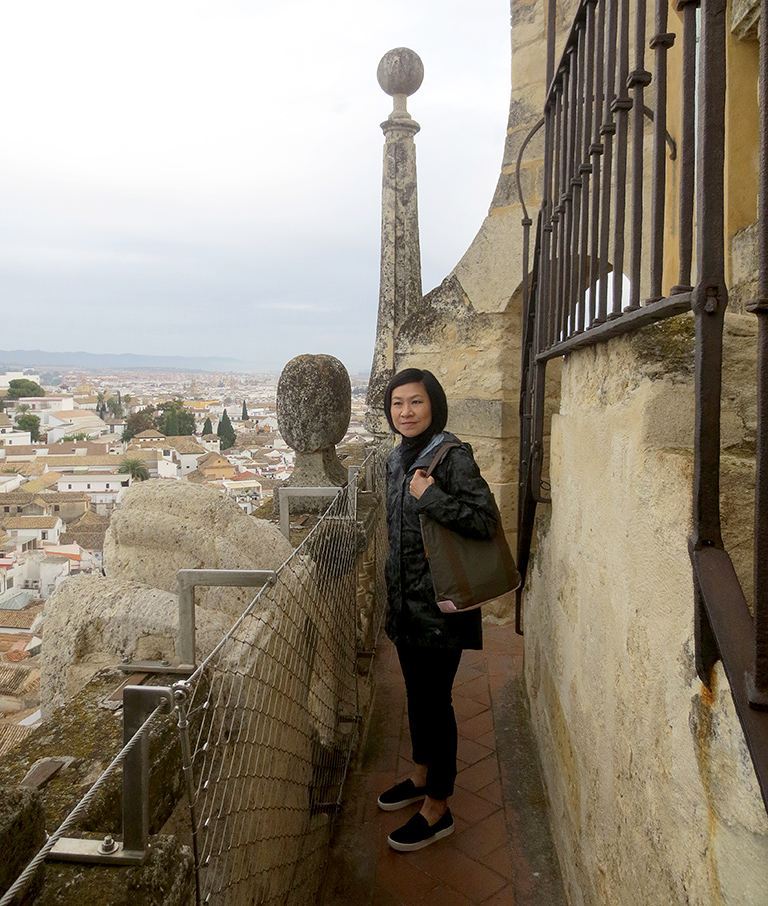
Being on top of the tower made me nervous, as the viewing platform was very narrow and sloped sharply towards the edges. I assume this was for drainage purposes, but it gave me the feeling that I was about to stumble over.
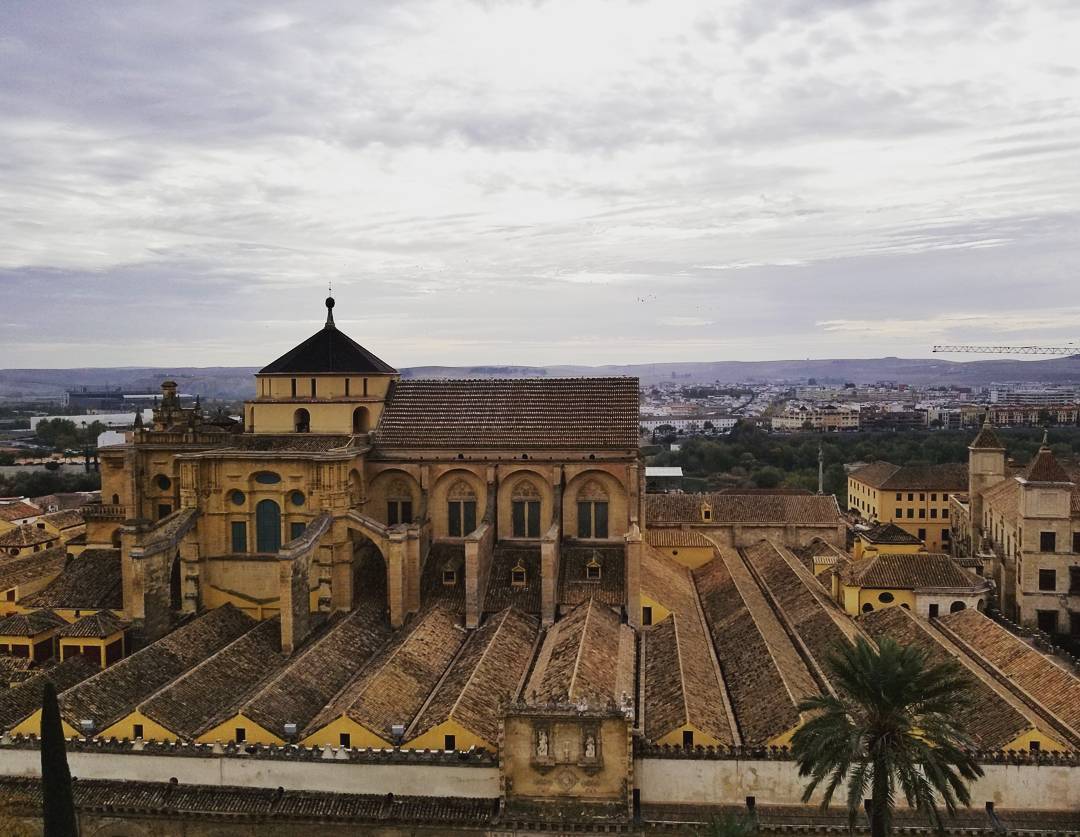
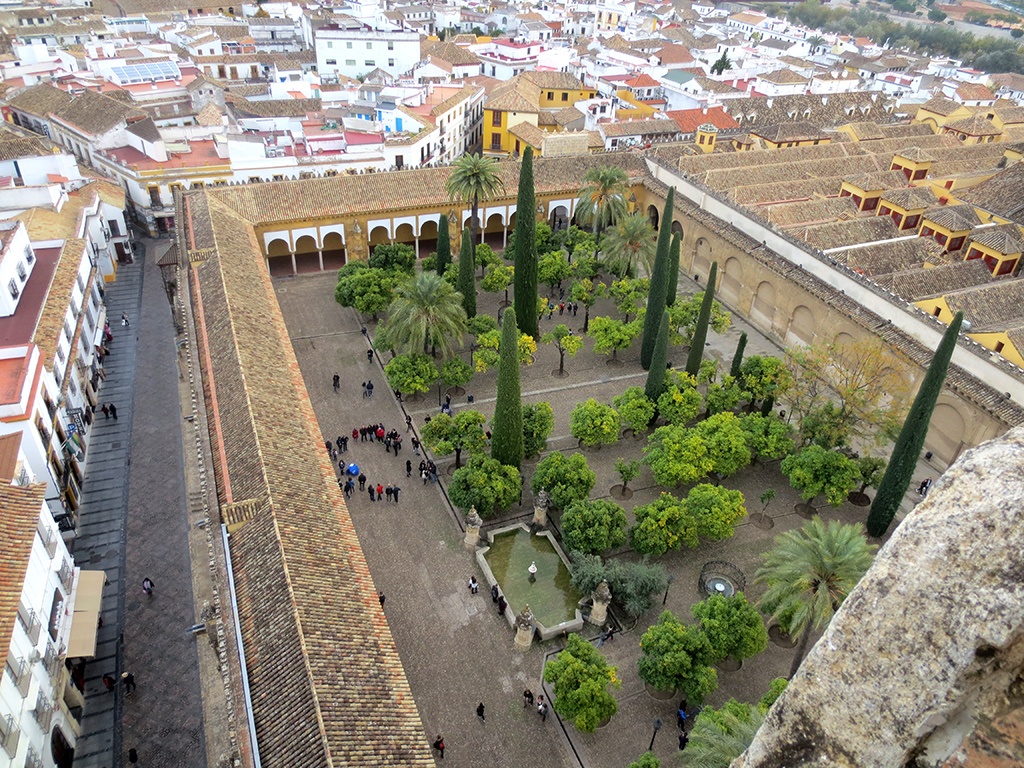
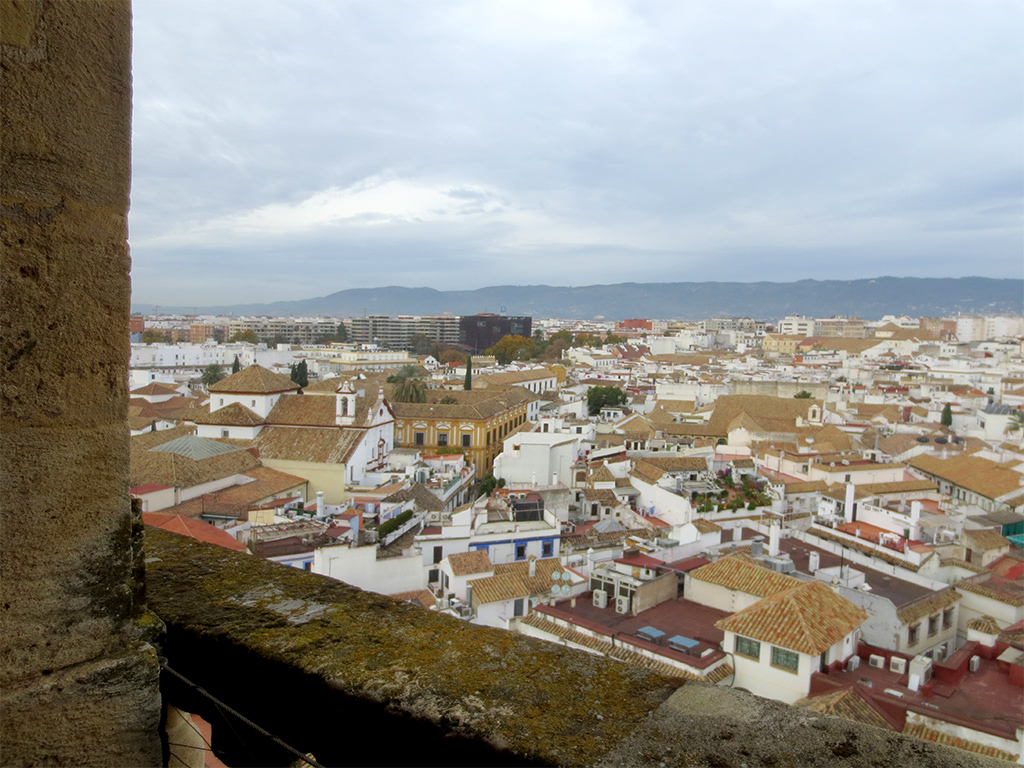
In a display case inside I found this elaborate mechanism that apparently was used to operate the bell tower clock as of 1747.
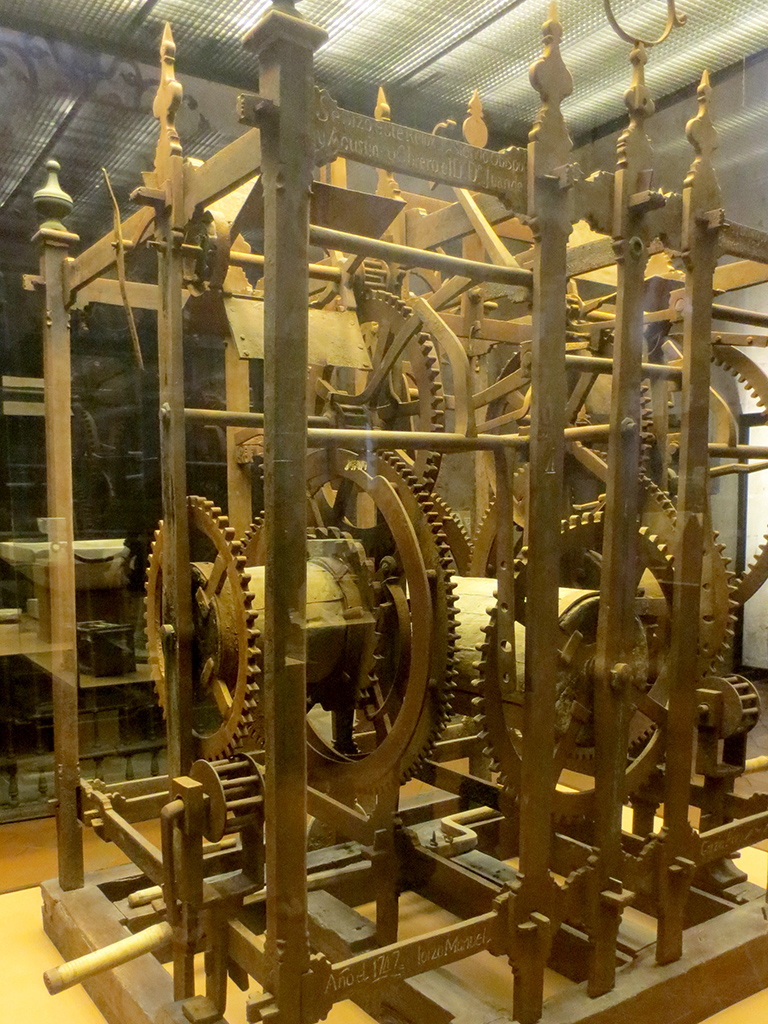
From the outside, the Mezquita takes up a huge block of Córdoba’s old city core. It’s an interesting contrast to see restaurants and tacky souvenir shops crowded along the streets near the base of the ancient walls.
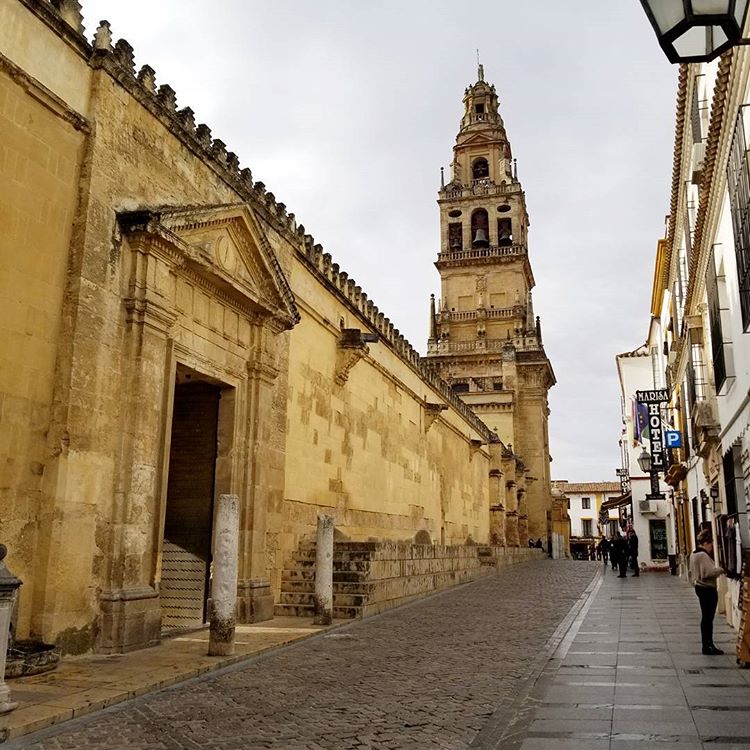
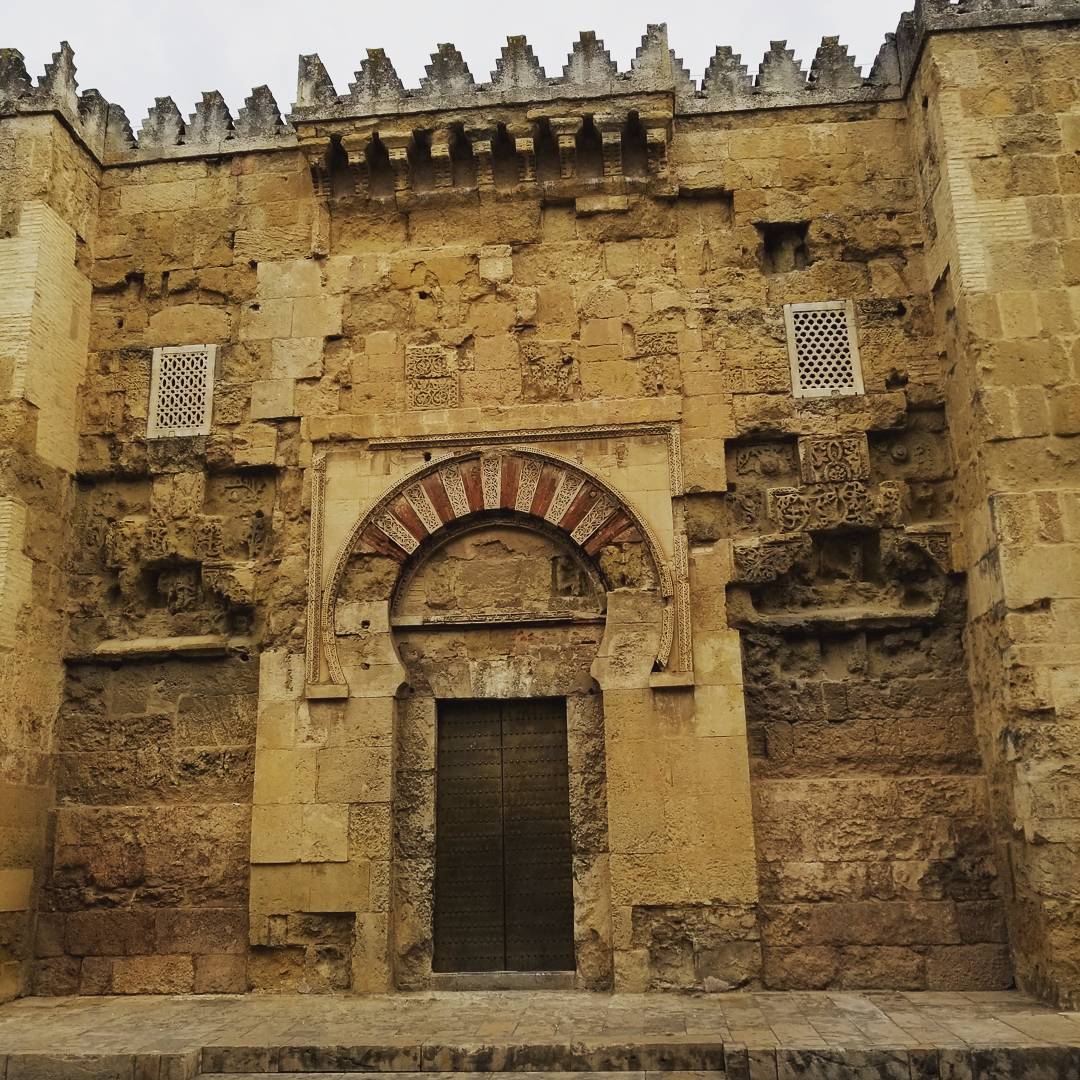
From there, we wandered onwards to explore the rest of Córdoba’s historical centre.